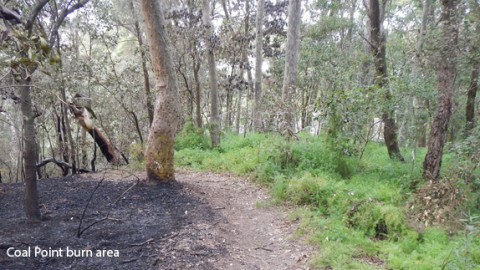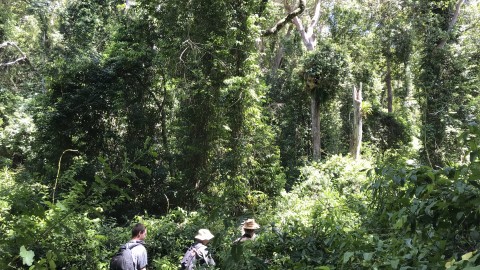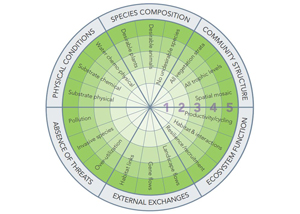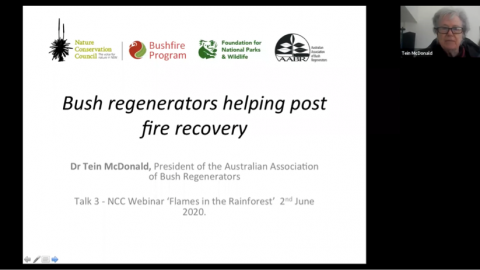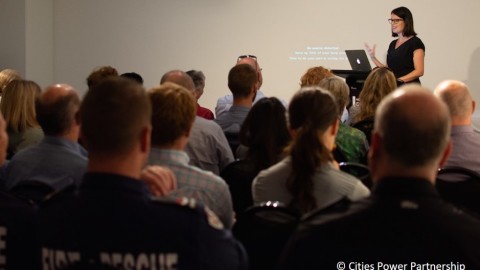The Foundation for National Parks & Wildlife has developed the Fire Wise project, which advocates for community engagement across NSW, Victoria and SA in response to the increasing risks from bushfire.
Climate change has exacerbated the severity, frequency and intensity of bushfires across Australia, and Fire Wise engages with at-risk communities to equip them with best-practice bushfire mitigation knowledge, helping to ensure not only a safer future, but to encourage a biologically diverse future. In conjunction with bushfire mitigation, this project aims at increasing native species populations to expand local biodiversity.
During the 2019-2020 bushfire season, Australia experienced a prolonged period of drought and exceptionally high temperatures consistent with long-term trends associated with climate change. Due to these trends, it has become essential, now more than ever to equip Australians with mechanisms to protect against these impacts (Abram et al., 2021).
The Fire Wise program outlines how there is a general misconception that clearing vegetation is the most appropriate way to slow down the speed of a bushfire. The program aims to highlight how native vegetation can actually naturally create shade and retain soil moisture, and how, if a fire does occur, native vegetation can slow down wind, absorb and deflect embers and on occasion act as a barrier to radiant heat. Open grasslands, on the other hand, are more susceptible to fuelling fires since they are more exposed to drying winds, direct sun and can travel at speeds 3x faster than forest fires.
Fire Wise investigates, tests and demonstrates that planting native vegetation can increase local biodiversity and habitat whilst reducing bush fire risks.

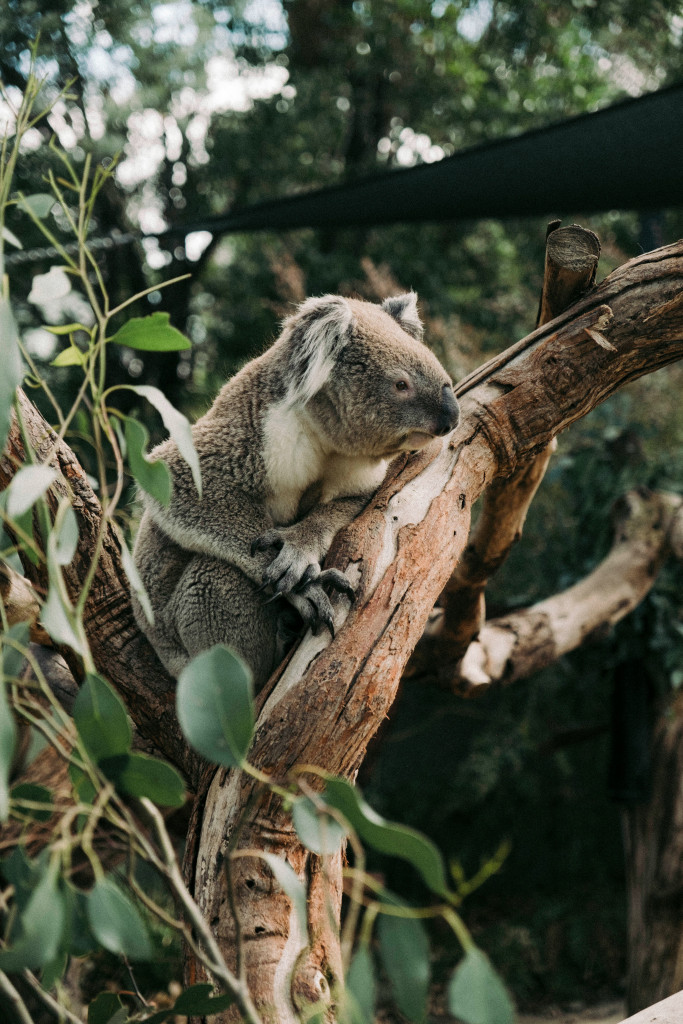
This project aims at expanding local communities’ knowledge and engagement on bushfire mitigation. They encourage members to participate in local workshops, field days, seminars, nursery activities and planting. For example, Fire Wise shows local members how to plant native species with proper spacing scales, which can prevent fires from climbing tall vegetation.
Fourteen communities are currently engaged in Fire Wise projects with plans to increase these numbers. This project educates local members on the best bushfire mitigation strategies whilst enhancing local biodiversity and conserving precious wildlife.
For more information on the Fire Wise Project click here: https://fnpw.org.au/project/fire-wise/
Learn about a similar projects run by the Nature Conservation Council of NSW, including the:
Hotspots Fire Project: https://www.nature.org.au/hotspots_project
Bushfire Program: https://www.nature.org.au/bushfire_program
References:
Abram, N. J., Henley, B. J., Sen Gupta, A., Lippmann, T. J. R., Clarke, H., Dowdy, A. J., Sharples, J. J., Nolan, R. H., Zhang, T., Wooster, M. J., Wurtzel, J. B., Meissner, K. J., Pitman, A. J., Ukkola, A. M., Murphy, B. P., Tapper, N. J., & Boer, M. M. (2021). Connections of climate change and variability to large and extreme forest fires in southeast Australia. Communications Earth & Environment, 2(1). https://doi.org/10.1038/s43247-020-00065-8


